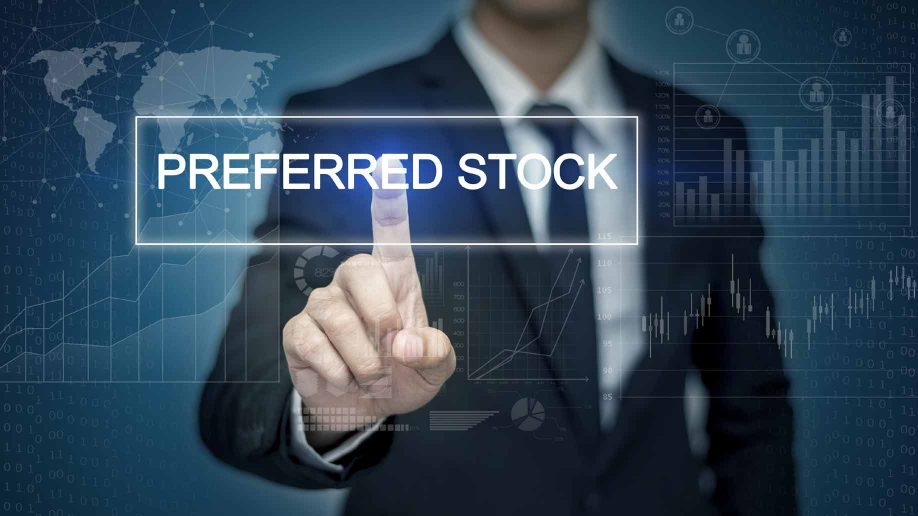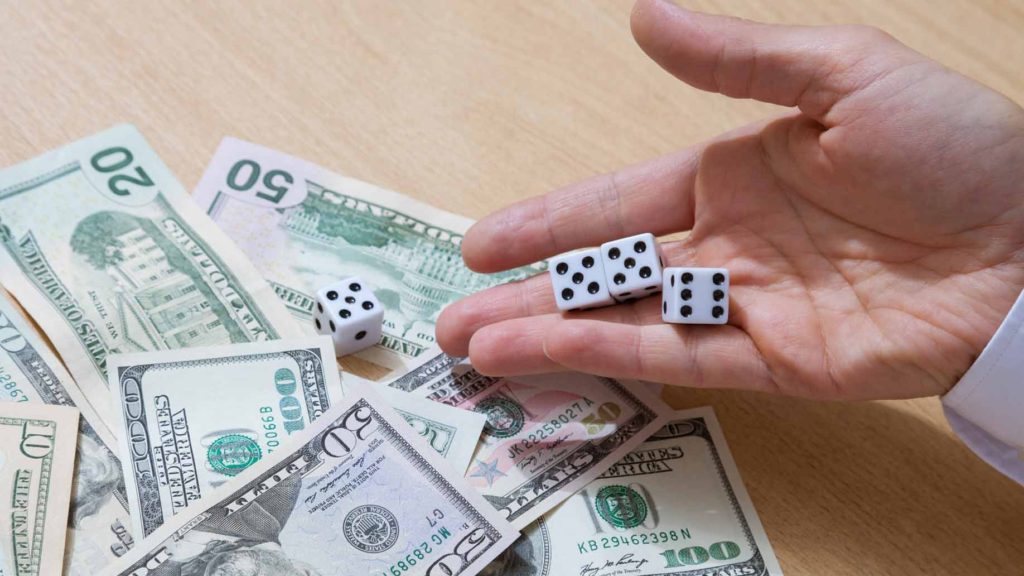 Once upon a time, preferred stocks were a popular investment with companies and investors. Combining elements of debt and equity, preferred stock was an ideal issue for businesses that lacked the physical assets to collateralize debt or could not attract common stock buyers.
Once upon a time, preferred stocks were a popular investment with companies and investors. Combining elements of debt and equity, preferred stock was an ideal issue for businesses that lacked the physical assets to collateralize debt or could not attract common stock buyers.
In order to appeal to new investors, companies sweetened the pot by issuing a new security – preferred stock – that had less risk and a greater certainty of income than common stock. If a company falters and requires liquidation, the debt holders are paid in full first, followed by payment to the preferred stock holders in an amount equal to the liquidation value of the preferred stock (established at the time of the initial offering). Common stock shareholders then receive any cash remaining. Preferred shareholders receive full payment of their investment before common shareholders receive any payment. Similarly, preferred shareholders receive dividends before any common stock dividends are paid.
The first preferred stocks were issued by railroad companies and canals in the mid-1800s. Today, preferred stocks are more often issued by entrepreneurial startup companies, organizations in dire financial circumstances that are precluded from traditional debt and equity, or financial companies and utilities. In recent years, preferred stocks have fallen out of favor as investors have turned to common stocks or bonds – but there are a few notable exceptions.
Billionaire investor Warren Buffett is especially active in preferred stocks, usually in combination with attached stock warrants – a legal right to purchase common stock from the company for a defined price. In other words, a share of preferred stock might have a warrant giving the preferred shareholder the right to purchase a share of common stock for a fixed price for a specific term of time. In 2008, Buffett publicly invested $5 billion in a private Goldman Sachs preferred issue with a 10% dividend and warrants to buy $5 billion of stock at $115 per share (43.4 million shares). Other notable preferred stock purchases by Buffett include the holding company that owns H.J.Heinz, Bank of America, General Electric, and Burger King.
Investment grade preferred stocks with current yields between 5.2% and 6.5% have particular appeal to investors seeking high income, especially with current rates from high-quality bonds averaging yields between 1.7% and 3.0%. However, preferred stocks can be complicated, depending upon their composition, and are not for everyone.
Key Features of Preferred Stock
A Hybrid Security
Preferred stocks combine features of equity and debt:
Read more . . .

 The debate about free trade versus protective tariffs (taxes) has raged for centuries. However, it has become especially virulent as industrialized countries lose an increasing amount of jobs to emerging nations. Free traders, worried about the possibility of new tariffs to protect native industries, predict a trade apocalypse. Reported by TIME, Robert Zoellick, president of the World Bank, claimed, “If we start to trigger a round of protectionism, as you saw in the 1930s, it could deepen the world crisis.”
The debate about free trade versus protective tariffs (taxes) has raged for centuries. However, it has become especially virulent as industrialized countries lose an increasing amount of jobs to emerging nations. Free traders, worried about the possibility of new tariffs to protect native industries, predict a trade apocalypse. Reported by TIME, Robert Zoellick, president of the World Bank, claimed, “If we start to trigger a round of protectionism, as you saw in the 1930s, it could deepen the world crisis.” In early 2004, 32-year-old Englishman Ashley Revell sold everything he owned – furniture, clothes, car, golf clubs, and his old cricket bat – to raise almost £76,840, or the equivalent of approximately $140,617 in U.S. currency (per the average 2004 exchange rate). On April 11, 2004, Revell walked up to a Las Vegas roulette table and placed his entire fortune on the color red.
In early 2004, 32-year-old Englishman Ashley Revell sold everything he owned – furniture, clothes, car, golf clubs, and his old cricket bat – to raise almost £76,840, or the equivalent of approximately $140,617 in U.S. currency (per the average 2004 exchange rate). On April 11, 2004, Revell walked up to a Las Vegas roulette table and placed his entire fortune on the color red. According to Professor Nolan McCarty of Princeton University, it seems that political rancor today has reached heights not seen since Reconstruction after the Civil War. A Stanford University report found that Americans have become increasingly polarized along political party lines, primarily due to “political candidates relying on negative campaigning and partisan news sources serving up vitriolic commentary.” As a consequence, the report concluded that the level of political animus in the American public exceeds racial hostility.
According to Professor Nolan McCarty of Princeton University, it seems that political rancor today has reached heights not seen since Reconstruction after the Civil War. A Stanford University report found that Americans have become increasingly polarized along political party lines, primarily due to “political candidates relying on negative campaigning and partisan news sources serving up vitriolic commentary.” As a consequence, the report concluded that the level of political animus in the American public exceeds racial hostility.